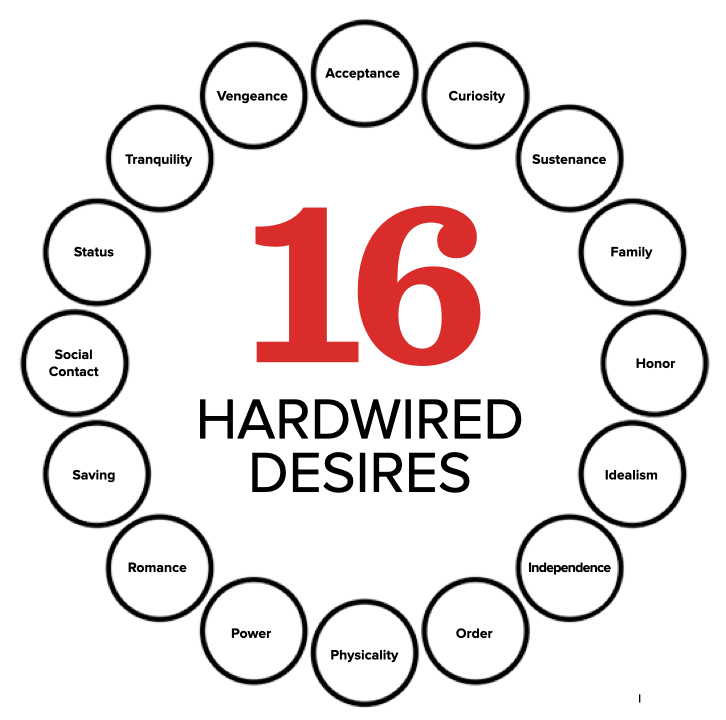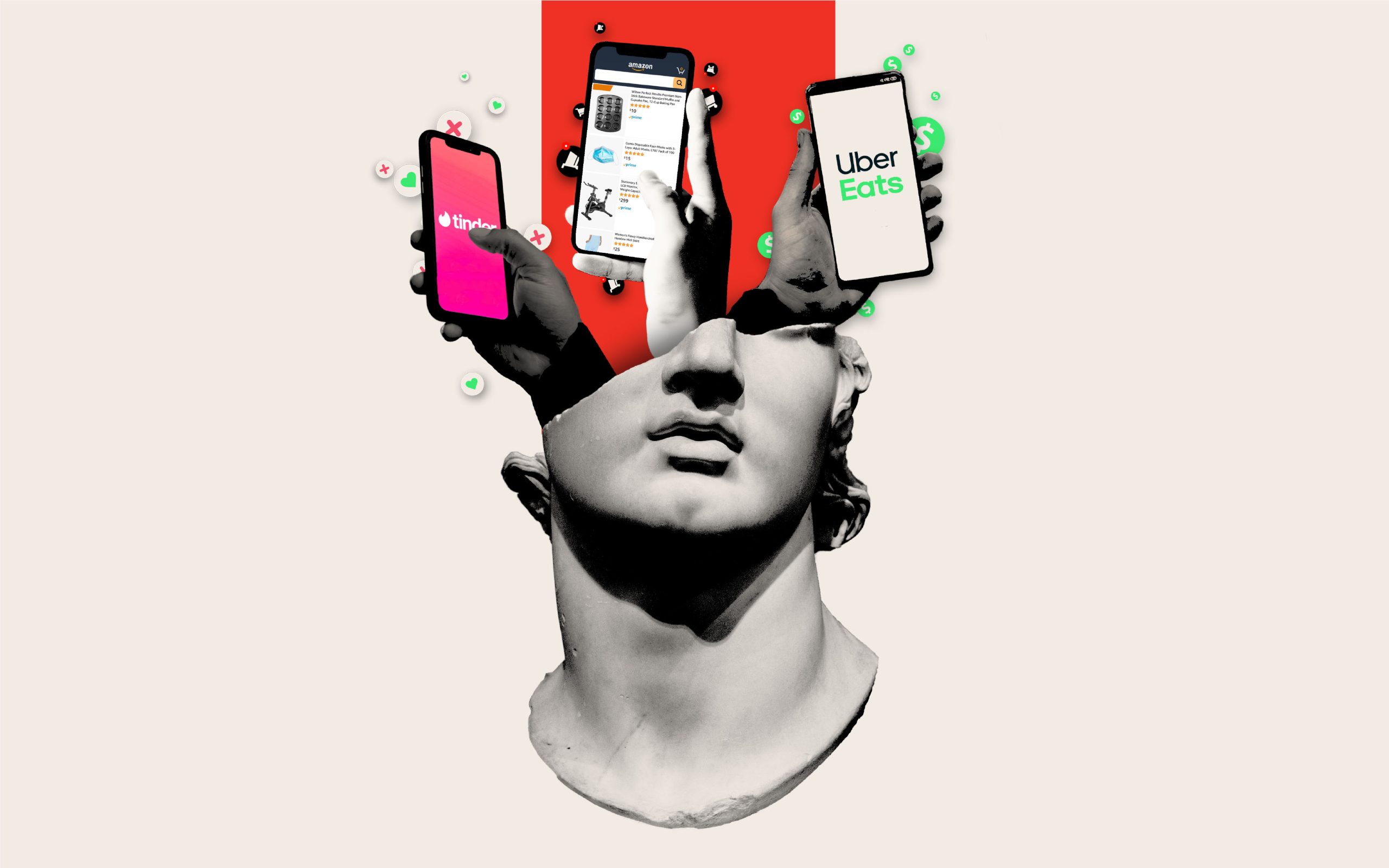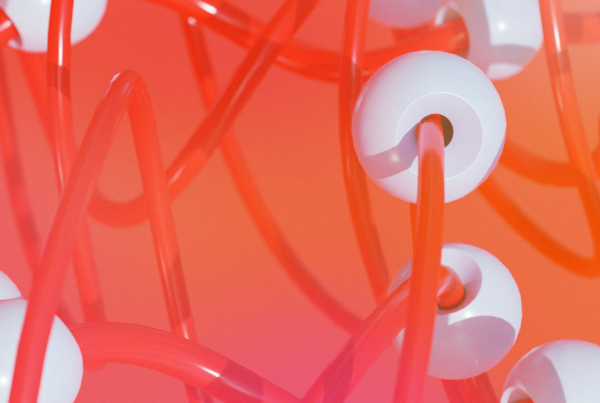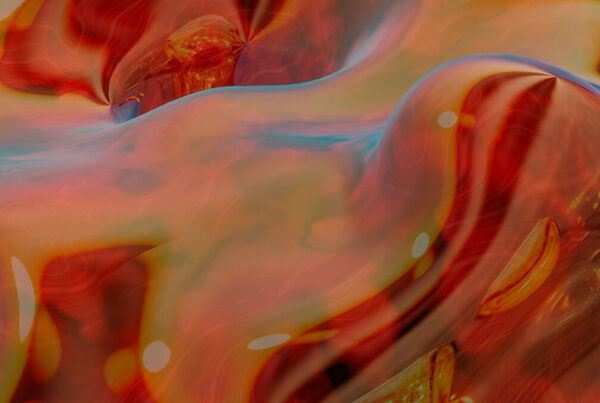The industry dialogue is focused on all that’s irrevocably changed, but our desires—ancient, inherent motivators like Order and Romance—have proven their staying power. And their value to brands. Nathan Hendricks, Chief Creative Officer, explains.
Our industry has always thrived on change: new products, new platforms, new technologies—all in service of shifting consumer preferences. And as marketers and brand-builders, our job has always been to find the next expression of a brand that resonates in changing culture.
But in 2020 (and the start of 2021), the rate of change took on a new velocity, forcing us all (as brand-builders and human beings) to not only keep up with, but drastically pivot to a paradigm shift no one really saw coming. The pandemic shuttered businesses, hushed busy streets and ushered in a more isolated, more confined way of life. It changed an awful lot: for most, no more commute (and the tank fill-up and coffee that accompanies it). No concerts or theater screenings or restaurants. Little to dress up for, and lots of Netflix and backyard hobbies in its place.
As we pull out of a time of deprivation and begin to reclaim “normalcy,” where does that leave the brands we manage? The automotive category? Or apparel? Cosmetics? Will people still think of their car as a status symbol? Or has that been replaced with their “Zoom corner?” Will they buy as many shoes, or handbags, or gym memberships?
“When it feels as though everything is in flux, our primal desires stand firm.”
Using the Old to Navigate the New
The ways that Covid-19 changed our lives and the brands we purchase are myriad—but it’s crucial to note what managed to stay intact: our desires. At LPK, we focus on the Reiss Model of Human Motivation, comprised of 16 inherent, hardwired desires in each of us—like Order, Power and Romance—that are defined by our motives, fears and pleasures. We’ve long used this framework as a guide for rooting brands in a human truth that aligns with the motivations of their consumers.

How Covid-19 Accelerated Consumer Culture
According to McKinsey, the pandemic transformed consumer culture and sentiment in a few key ways:
- Digital stickiness: across the board, all retail categories saw an increase in online penetration. When shelter-in-place rules took hold in April 2020, digital spending spiked to 80% at its highest, holding strong at 48% as of January 2021. Digital behavior has exposed us all to the “infinite shelf” of the Internet—and that means consumers are naturally bumping into more brands, loosening their overall criteria for selection. Net-net: competition has swelled, and the expectation of slick, streamlined e-commerce experiences is here to stay.
- Wavering loyalty: It’s no surprise that the increase in digital behavior has put a dent in brand allegiance. McKinsey calls Covid-19 the ultimate “shock to brand loyalty,” as more than 40% of consumers say they explored and ultimately changed brands during the pandemic. In fact, from 2019 to 2020, switching behaviors doubled. More than ever, it’s critical for your brand to find a way to stand out in a noisy, crowded room.
- Homebody culture: in 2020, if you were a brand that catered to Social Contact, Physicality, Order or Tranquility, you were winning. In the past 18 months, 28% of consumers renovated, set up a home gym or created an in-home office for their endless hours of Zooming. It’s a nod to the emergence of the home-dweller economy, which will linger long after the world opens back up.
“The propensity for brands to shift everything is understandable.”
Piloting the Enduring into the Emergent
Clearly, we’re living in different times. When culture shifts, the propensity for brands to shift everything is understandable. But the goal is not to change what you’re about as a brand. Instead, it’s to understand how culture has changed what you’re about. For example, Gillette has always been a brand rooted in Power, positioning grooming as an avenue to confidence and influence. In the pandemic, culture changed personal care at large, shifting the rituals and expectations of the morning shave—but the connection between grooming and personal power remains.
So how do marketers and brand-builders make sense of cultural change and forge ahead? I’ll tell you how: Desires. The methodology is a kind of Rosetta Stone for human behavior and decision-making. When it feels as though everything is in flux, our primal desires stand firm.
The Desires We Indulged
The power and prevalence of Desires become more obvious when we look more closely at the shifts in behavior this past year: the homebody economy accentuated our desires for Order, Physicality and Sustenance. We tidied our spaces, invested in improvements and set up areas to exercise and meditate. Some learned to bake sourdough (remember the great flour shortage?), some leaned on nostalgic comfort food and others cultivated a habit of ordering in.
And the brands that embraced these movements won out—from Supernatural, the heady VR-based exercise platform, to Uber Eats, with its celeb-studded campaigns that proved we’re all home, grubbing takeout on the couch.
“The lesson here is that consumers’ core desires didn’t change—but the ways that brands fulfill them did.”
The Desires We Mourned
There are also the Desires we struggled to fulfill in the past year and a half—and the brands that recognized our mourning. We all longed for Family, and saw brands of every kind and category focus on connection and weathering the storm together. Compliance with public health mandates and an inability to shop or travel mask-less tested the Independence in many of us.
And then there’s Romance, a longing for physical companionship and intimacy that millions essentially put on ice. In its place though, virtual dating app activity hit record highs, says Fortune. Tinder recorded its highest number of swipes (3 million) in a single day. OkCupid saw a 700% increase in connections from March to May 2020, and on Bumble, video calls increased by 70%, noting that apps with video connectivity turned “moments of isolation into moments of connection.”
The lesson here is that consumers’ core desires didn’t change—but the ways that brands fulfill them did. This is the magic of Desires. As a strategic methodology, they can turn consumer meaning up to an eleven in the blink of an eye.
The Brands Putting Desires into Action
All the best brands understand this formula and use it: Patagonia does it with Idealism, pouring mountaintop altruism into jackets and baby gear. Allstate’s two-persona approach plays to our desire for Order (“you’re in good hands”) and our fear of mayhem. Obviously, the desire for Saving showed up strong this past year—something both Walmart and Target embody. But watching Target combine this with the desire for Prestige helps cultivate stronger cultural resonance, with many consumers documenting their #TargetRun on social media and nicknaming the retailer “Targét.”
“Ask yourself: why does your brand deserve a place in the conversation?”
Our Desire to Move Forward
I realize it can be disheartening—unraveling the ways brands make use of our triggers to sway us. But it can also be relieving, if not fascinating. We all respond to codes that steer our choices, and they can make for more resonant, powerful brands.
As you move forward, a few takeaways:
- Find your ultimate why: ask yourself what people are seeking out—deep in their gut—from a brand like yours. In emergent culture, why does your brand deserve a place in the conversation? When done right, this exercise typically leads you to a core, hardwired desire.
- Position with something enduring and universal: in a culture of constant change, root your brand in something unshakable. Using our Primal Desires Canvas is a great place to start for identifying the desires that matter most to your consumer, and make sense for your brand.
- Use Desires to amp up a mundane insight: in the age of social media, brands have unprecedented knowledge to consumer data—and it’s likely that you and your competitors are working with similar information. What can separate a reasonable brand from a resonant one is how that data gets applied. Use the Desires framework as a compass for creating something distinctive and compelling.
Here at LPK, we believe that now—more than ever before—our human desires are an essential tool for progress. Industries are changing, jobs are changing and times are changing. But our desires are steady, ancient things, and we can turn to them for answers.
To learn more about Desires and how to put them to work for your brand, email Nathan.








